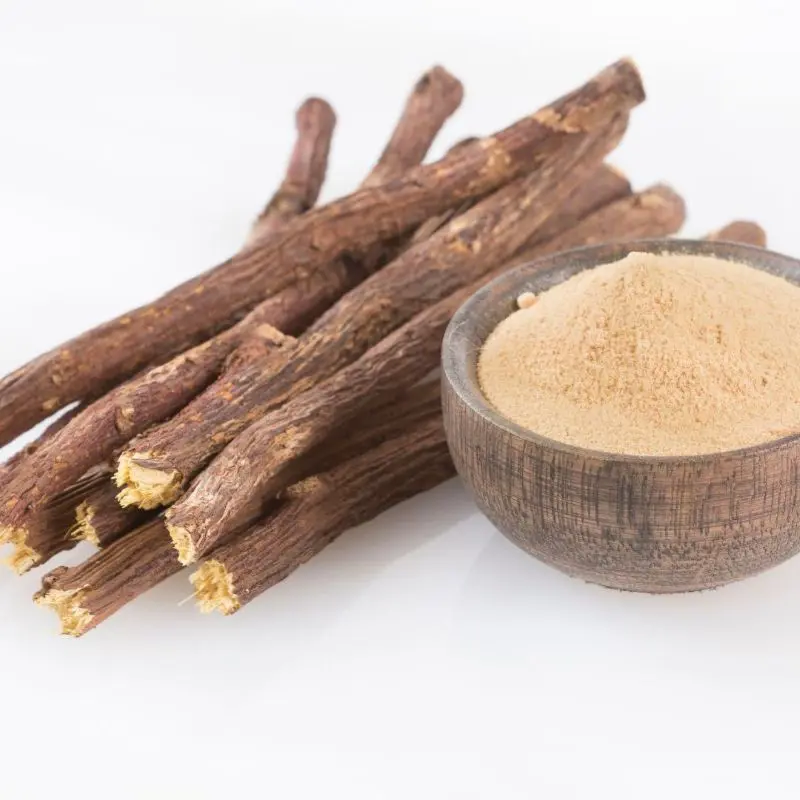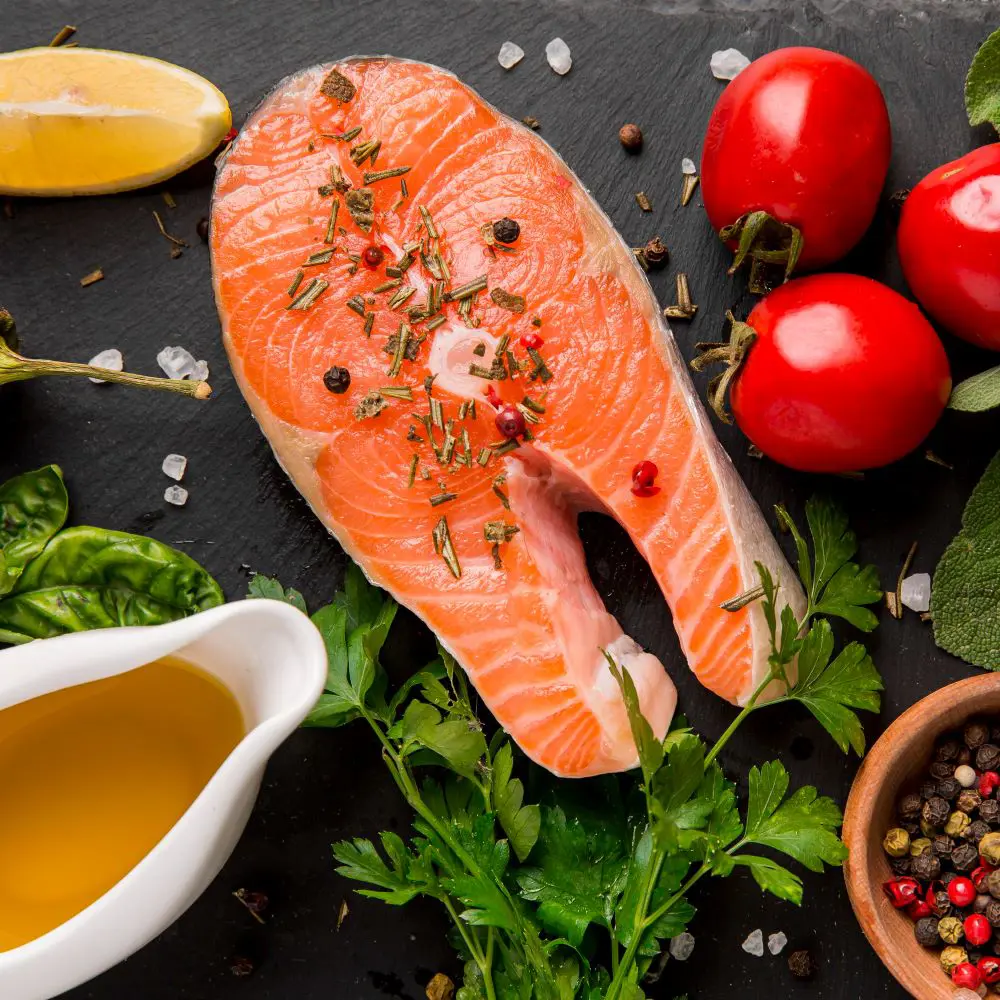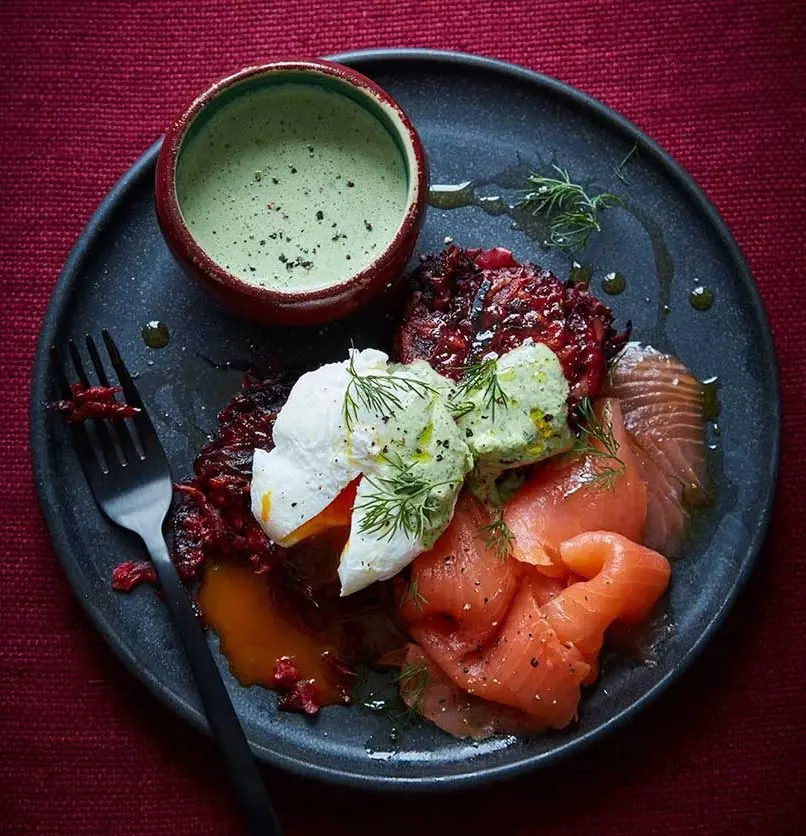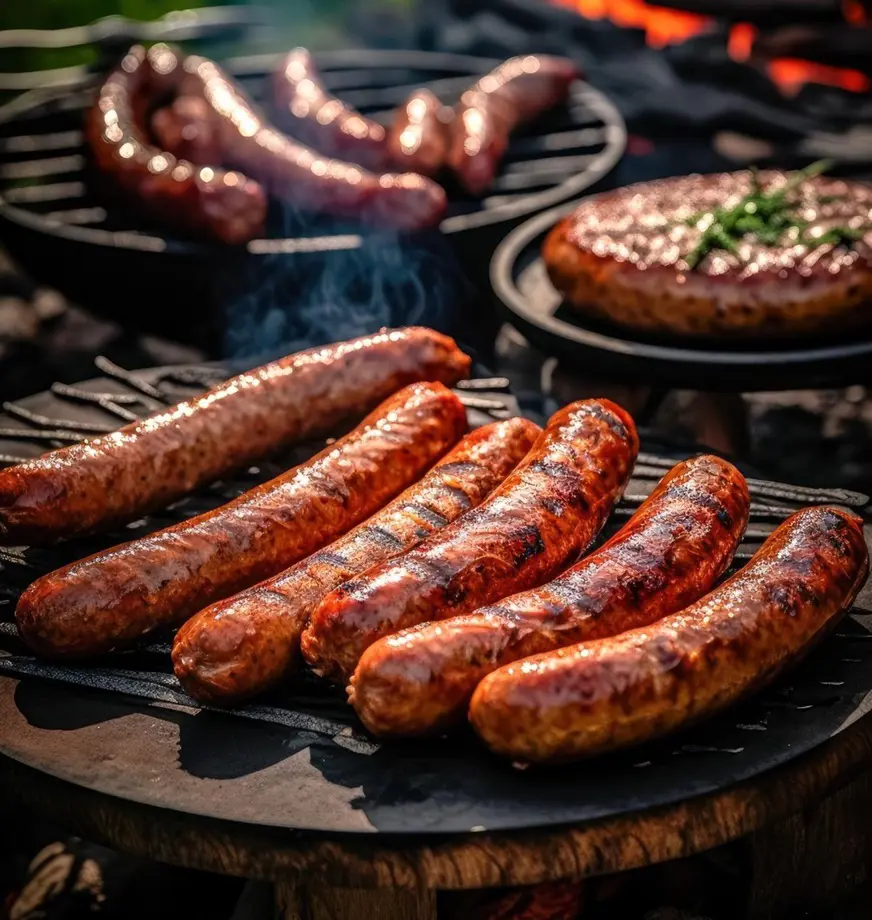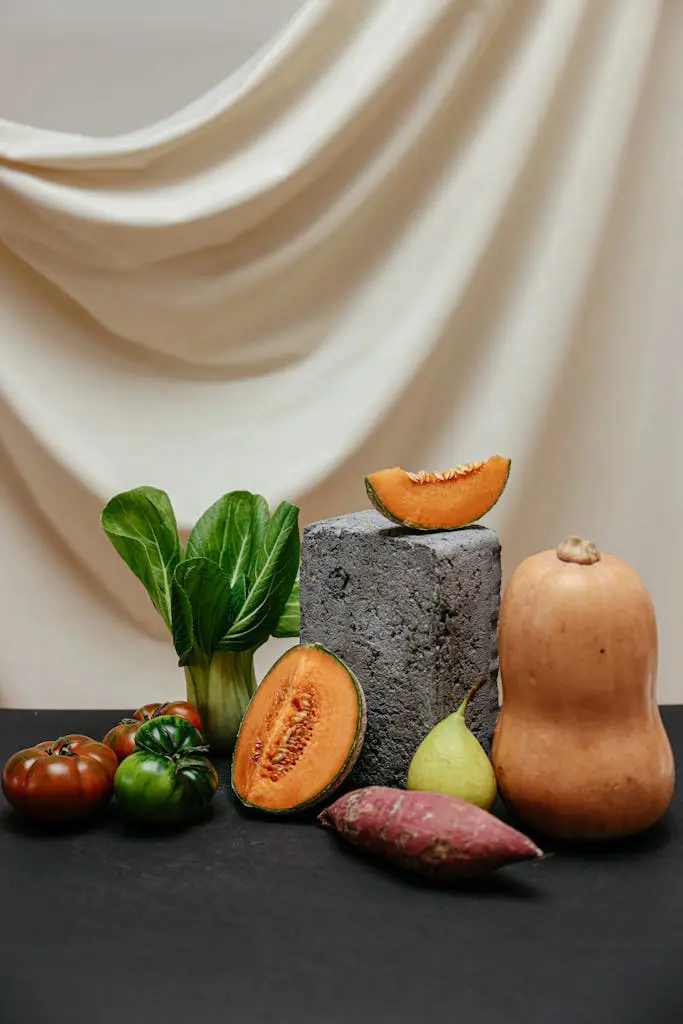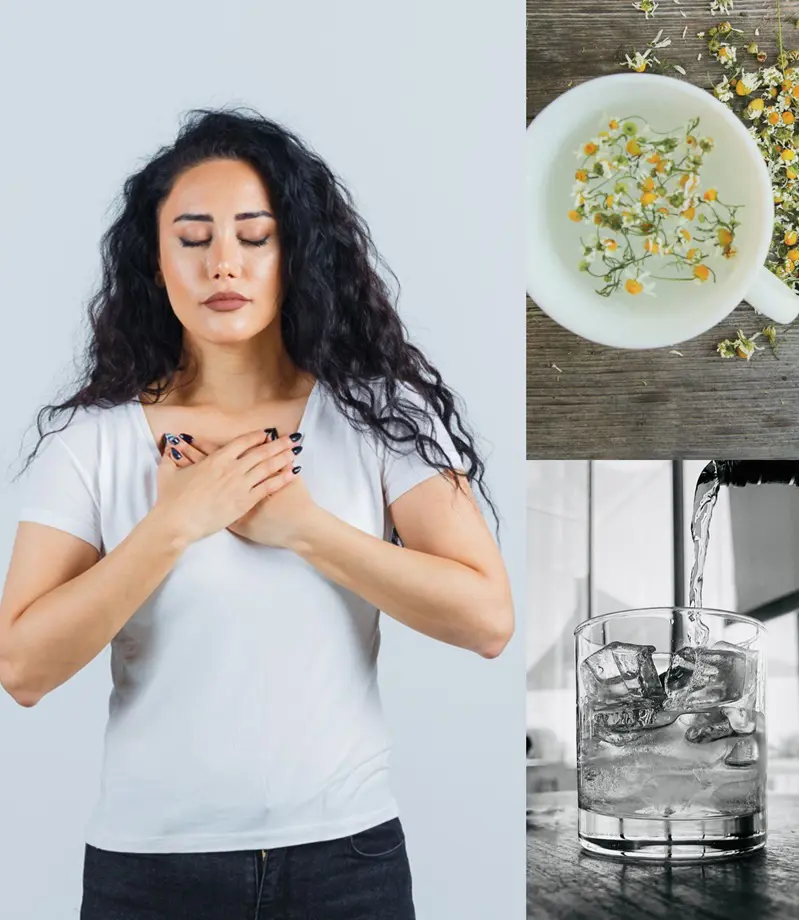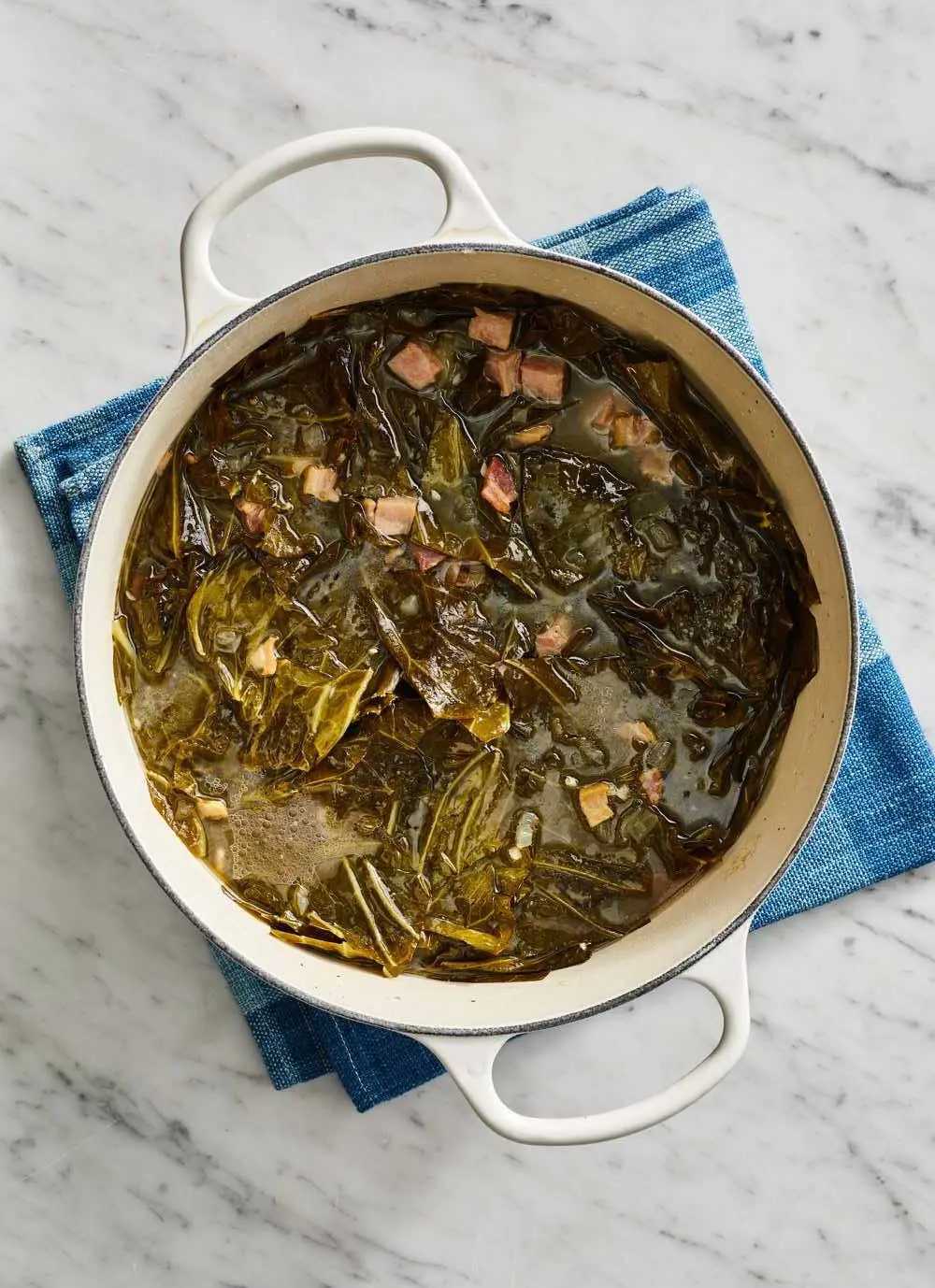20 Foods To Eat To Help You Fight Anemia
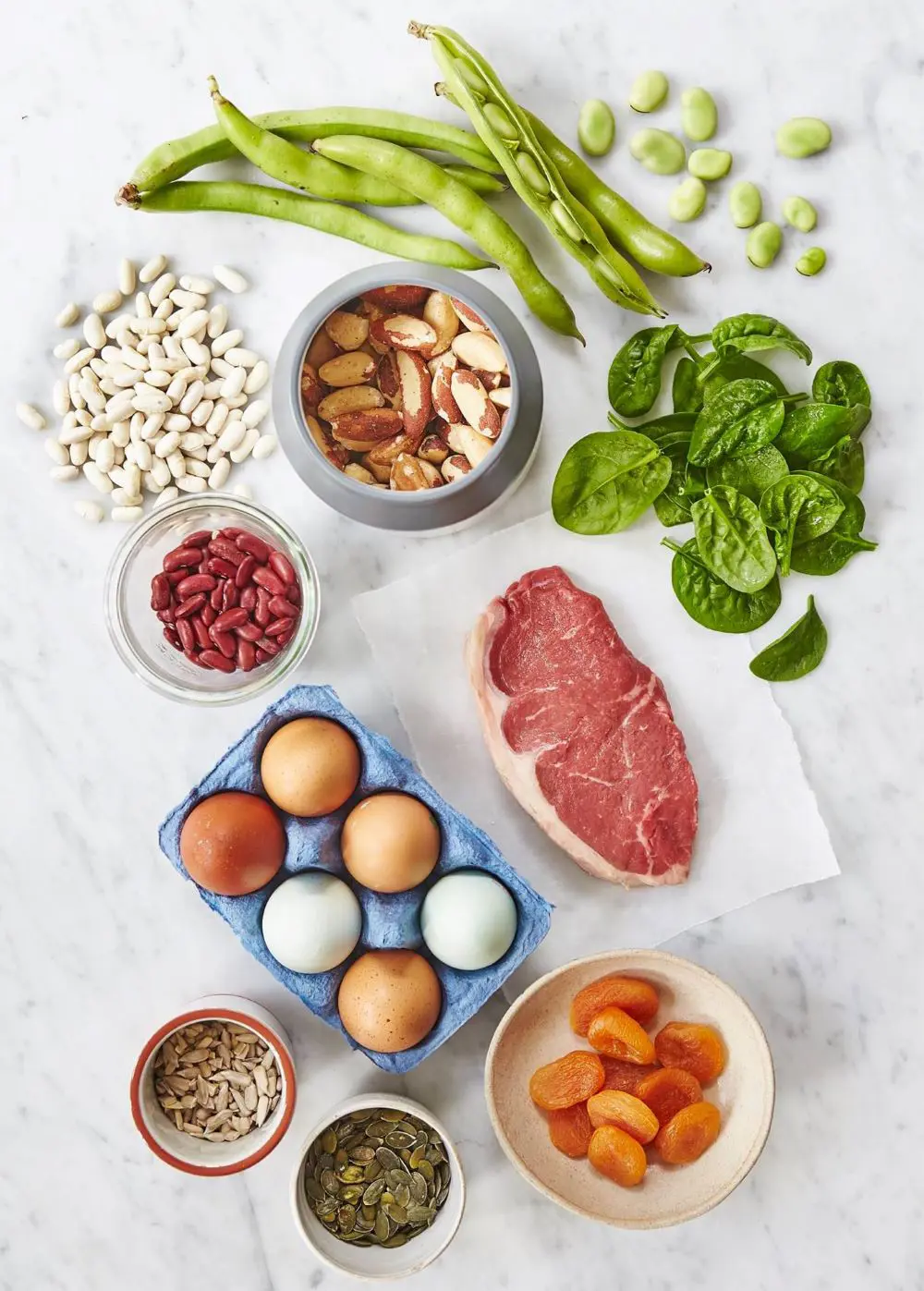
Anemia is a medical condition characterized by a deficiency in the number or quality of red blood cells (RBCs) or hemoglobin, which impairs the blood's ability to carry sufficient oxygen to the body's tissues. This can lead to various symptoms and health issues. Iron deficiency is one of the most common causes of anemia.
Iron-deficiency anemia occurs when the body doesn't have enough iron to produce adequate amounts of hemoglobin. To combat iron-deficiency anemia, incorporating specific iron-rich foods into your diet is essential. Here are 20 foods that can help you fight anemia.
1. Citrus Fruits
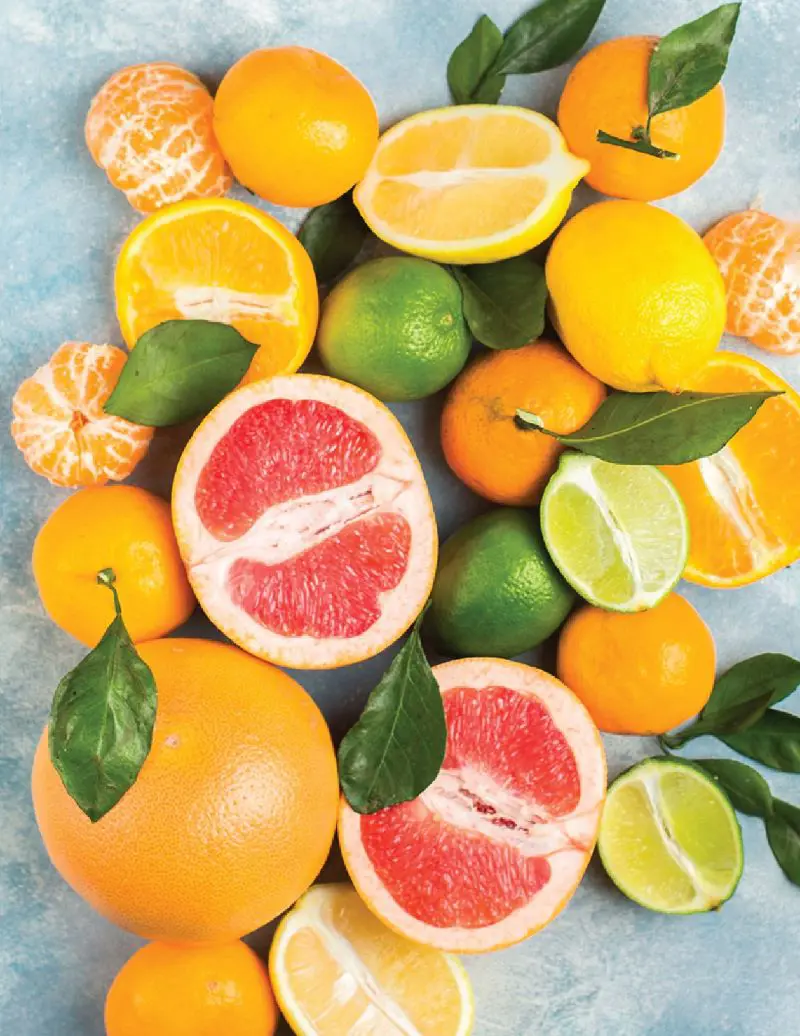
Citrus fruits are beneficial for anemia, particularly iron deficiency anemia. While they are not significant sources of iron themselves, they are rich in vitamin C, which enhances the absorption of non-heme iron from plant-based foods.
Consuming vitamin C-rich foods, like oranges, lemons, and grapefruits, alongside iron-rich foods can improve the body's ability to absorb iron. This is particularly important for those relying on plant sources of iron, such as spinach, lentils, and beans.
Incorporating citrus fruits into meals or as snacks can therefore play a supportive role in combating anemia by optimizing iron absorption, ultimately helping to improve hemoglobin levels and alleviate symptoms of iron deficiency.
2. Dried Fruits
Dried fruits such as raisins, apricots, and prunes are good sources of non-heme iron, which can help boost iron levels in the body. Additionally, many dried fruits contain vitamin C, which enhances the absorption of non-heme iron from other plant-based foods when consumed together.
For instance, dried apricots provide about 2.66 mg of iron per 100-gram serving and contain some vitamin C, which supports better iron absorption. However, it's important to balance them with other iron-rich foods and maintain a well-rounded diet.
You can add them to oatmeal or yogurt, mix them into salads, use them in baked goods like muffins and bread, or enjoy them as a standalone snack or in trail mix.
3. Broccoli
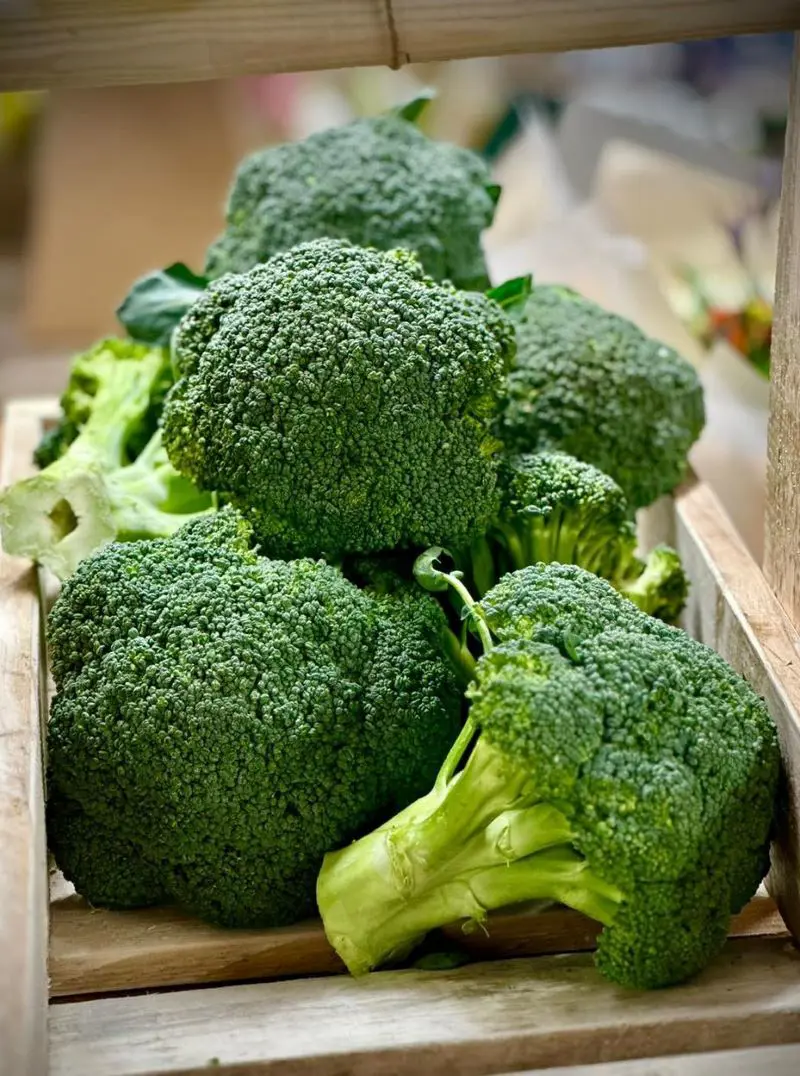
Broccoli is a nutritional powerhouse that can contribute to anemia management. It is rich in non-heme iron and contains vitamin C, which enhances the absorption of iron from plant-based sources. Additionally, broccoli is packed with folate, which plays a crucial role in the production of red blood cells.
Consuming broccoli can help improve iron levels and support overall blood health. To maximize its benefits, broccoli can be steamed, sauteed, or roasted and added to salads, stir-fries, or pasta dishes.
Pairing broccoli with other vitamin C-rich foods, such as bell peppers or tomatoes, can further enhance iron absorption.
4. Kale
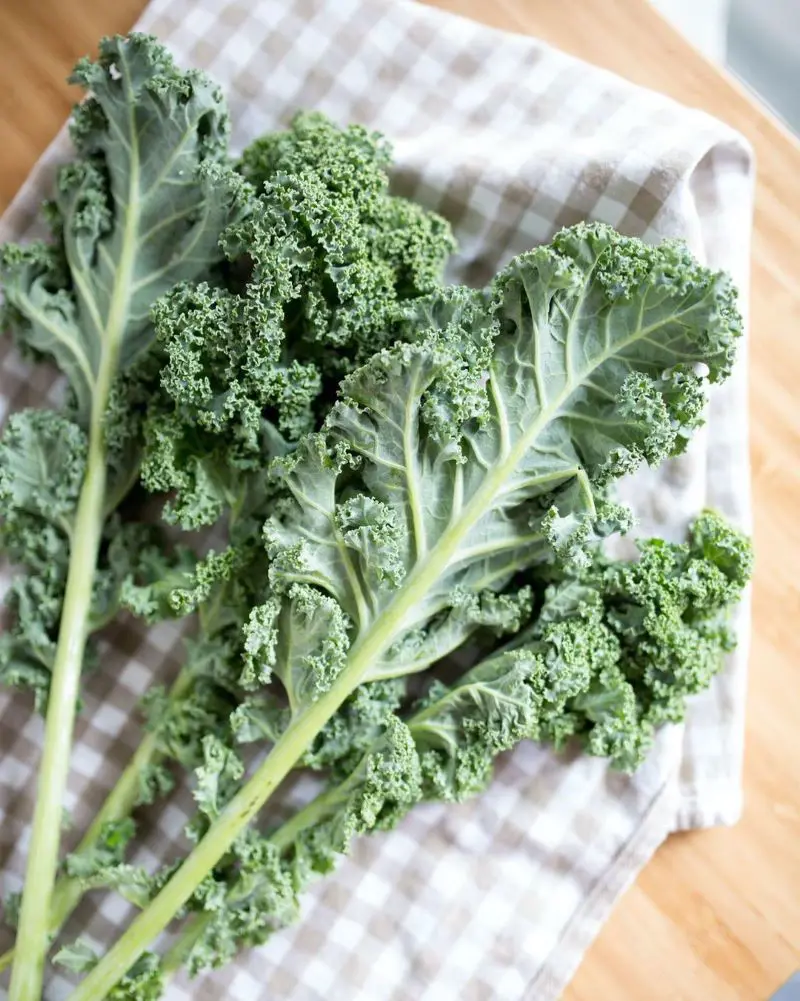
Kale is a nutrient-dense leafy green vegetable packed with vitamins A, C, and K, as well as essential minerals like iron and calcium. Its high iron content makes it an excellent choice for combating anemia. Kale's abundant vitamin C content further boosts the absorption of non-heme iron from plant sources.
With a slightly bitter and earthy flavor, kale is versatile and can be enjoyed raw in salads, blended into smoothies, added to soups, or cooked as a flavorful green in various dishes. Kale chips, created by baking seasoned kale leaves, offer a delicious and healthful snack option.
5. Spinach
Spinach is an excellent source of iron, making it beneficial for combating anemia. According to the USDA, one cup of boiled, frozen spinach provides 3.7 mg of iron, along with protein, fiber, calcium, and vitamins A and E. Additionally, spinach contains vitamin C, which enhances the absorption of iron.
You can enjoy spinach in various ways, such as in salads, smoothies, soups, and stews. To maximize iron absorption, pair spinach with vitamin C-rich foods. Cooking spinach can improve iron availability, but be careful not to overcook it to retain its nutrient content.
6. Red and Yellow Peppers
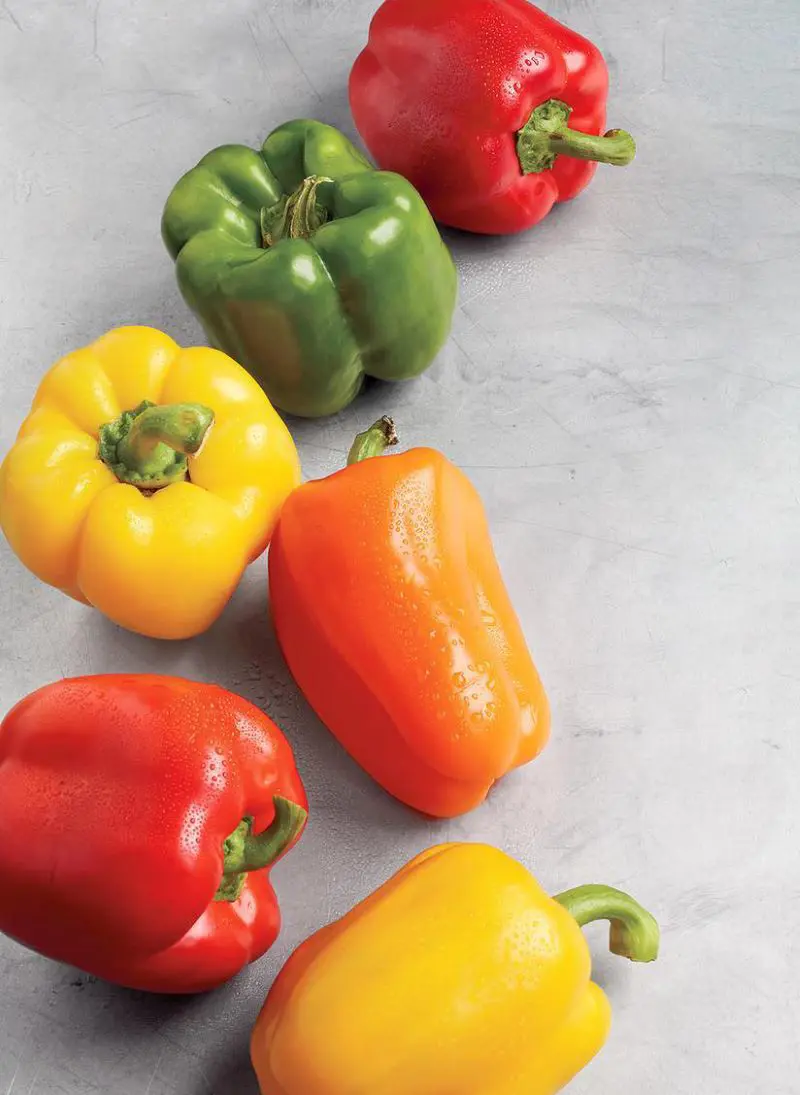
Red and yellow peppers are particularly rich in vitamin C, which is essential for enhancing the absorption of iron from other foods. This makes them ideal companions for iron-rich foods in combating anemia. Red peppers provide about 128 mg of vitamin C per 100 grams, while yellow peppers offer approximately 184 mg.
Both colors also provide a small amount of iron, with each offering around 0.5 mg per 100 grams. You can enjoy them raw in salads or add them to stir-fries, soups, and roasted dishes. Eating them alongside iron-rich foods can further support anemia management. While cooking peppers can enhance their versatility, consuming them raw helps retain their high vitamin C content.
7. Figs
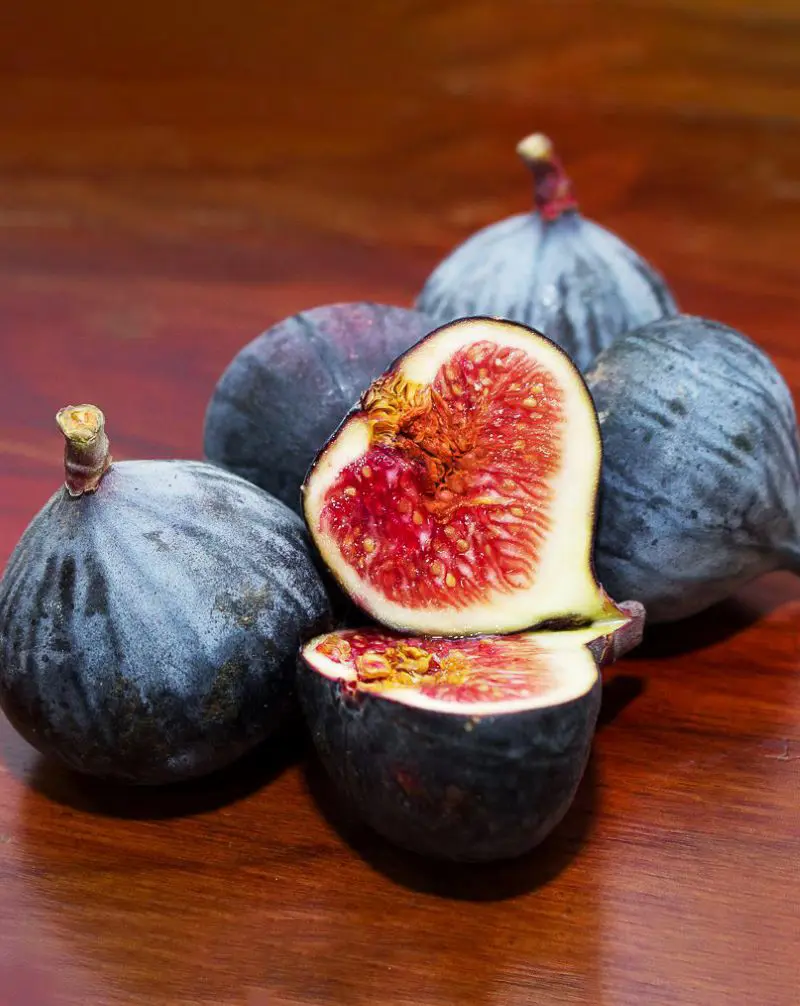
Figs are a sweet, nutrient-rich fruit that can help fight anemia due to their iron content. A 100-gram serving of figs contains about 0.37 mg of iron. They are also high in other essential nutrients like potassium, calcium, magnesium, and fiber. Figs provide vitamin A, vitamin K, and antioxidants, contributing to overall health.
To consume figs, enjoy them fresh as a snack, add them to salads, or include them in desserts. Dried figs are a convenient option and can be mixed into oatmeal, yogurt, or baked goods. Incorporating figs into your diet not only helps combat anemia but also supports digestive health and provides a good source of energy.
8. Strawberries
Strawberries are rich in vitamin C, which significantly enhances iron absorption from plant-based sources. Although strawberries themselves are not high in iron, their high vitamin C content makes them an excellent companion to iron-rich foods. They have a sweet and slightly tart flavor, making them a delightful addition to various dishes.
Enjoy them fresh as a snack, or add them to breakfast items like cereal, yogurt, and smoothies. They can be included in salads for a burst of flavor or used to make desserts like strawberry shortcakes, tarts, or jams. Pairing strawberries with iron-rich foods, such as spinach in a salad or with fortified cereals, can maximize their anemia-fighting benefits.
9. Watermelon
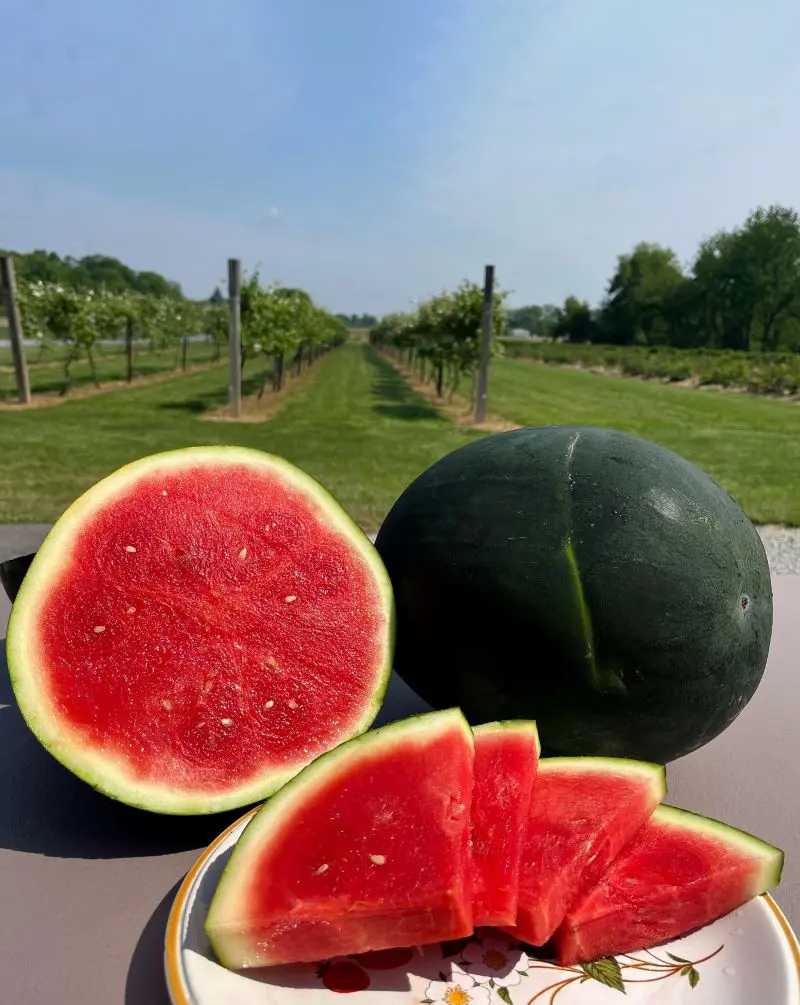
Watermelon is a hydrating and nutrient-rich fruit that can help combat anemia. It contains a small amount of iron, about 0.24 mg per 100 grams, and is also rich in vitamin C, providing 8.1 mg per the same serving, which enhances the absorption of iron from other foods.
Additionally, watermelon has a high water content, helping to keep you hydrated, and provides essential nutrients such as vitamins A and B6, along with antioxidants. Enjoy it fresh as a snack, add it to fruit salads, blend it into smoothies, or include it in refreshing beverages.
10. Beet, Dandelion and Collard Greens
Beets, dandelion greens, and collard greens are highly beneficial for managing anemia due to their rich nutrient profiles. Beets are an excellent source of iron, which supports red blood cell production, and they also provide folate and antioxidants. You can enjoy them roasted, boiled, raw in salads, or as juice.
Dandelion greens are rich in both iron and vitamin C, which enhances iron absorption. These greens can be eaten fresh in salads, sauteed, or used in soups and teas.
Collard greens offer iron and are packed with vitamins A, C, and K, as well as calcium and folate. They are best enjoyed steamed, sauteed, or added to soups. Incorporating these vegetables into your diet not only helps combat anemia but also provides a wide range of additional health benefits.
11. Watercress
Watercress is a nutrient-rich leafy green that supports anemia management due to its iron content. A 100-gram serving of watercress provides about 0.3 mg of iron. Additionally, watercress is high in vitamin C, which enhances iron absorption and improves its effectiveness in managing anemia.
Beyond its iron content, watercress is packed with vitamins A, C, and K, and provides essential minerals like calcium and magnesium. It also contains antioxidants that support overall health and reduce inflammation. Watercress can be enjoyed fresh in salads, added to sandwiches, or used as a garnish for soups and dishes.
12. Peas
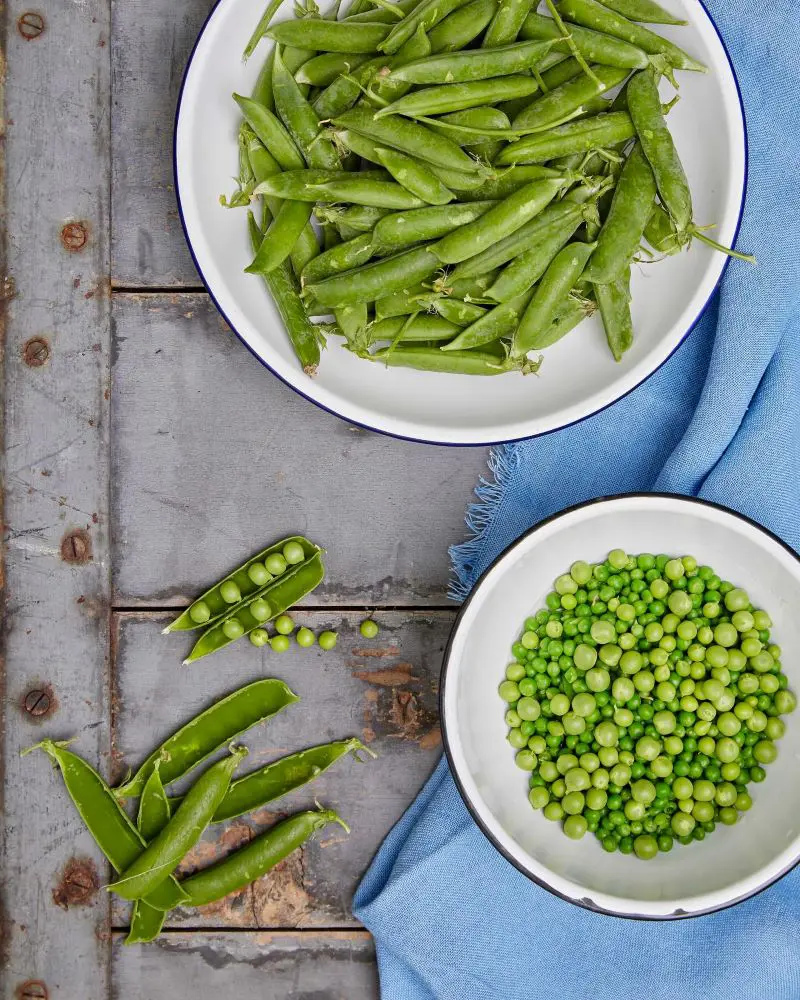
A 100-gram serving of peas contains approximately 1.5 mg of iron, which contributes to hemoglobin production and supports overall red blood cell health. Additionally, peas are rich in vitamin C, which enhances the absorption of non-heme iron, further aiding in the fight against anemia.
Peas also provide a range of other nutrients, including vitamins A and K, folate, and essential minerals like manganese and phosphorus. Their versatility allows them to be enjoyed in soups, salads, or as a side dish, making them a nutritious and beneficial choice for managing anemia.
13. Swiss Chard
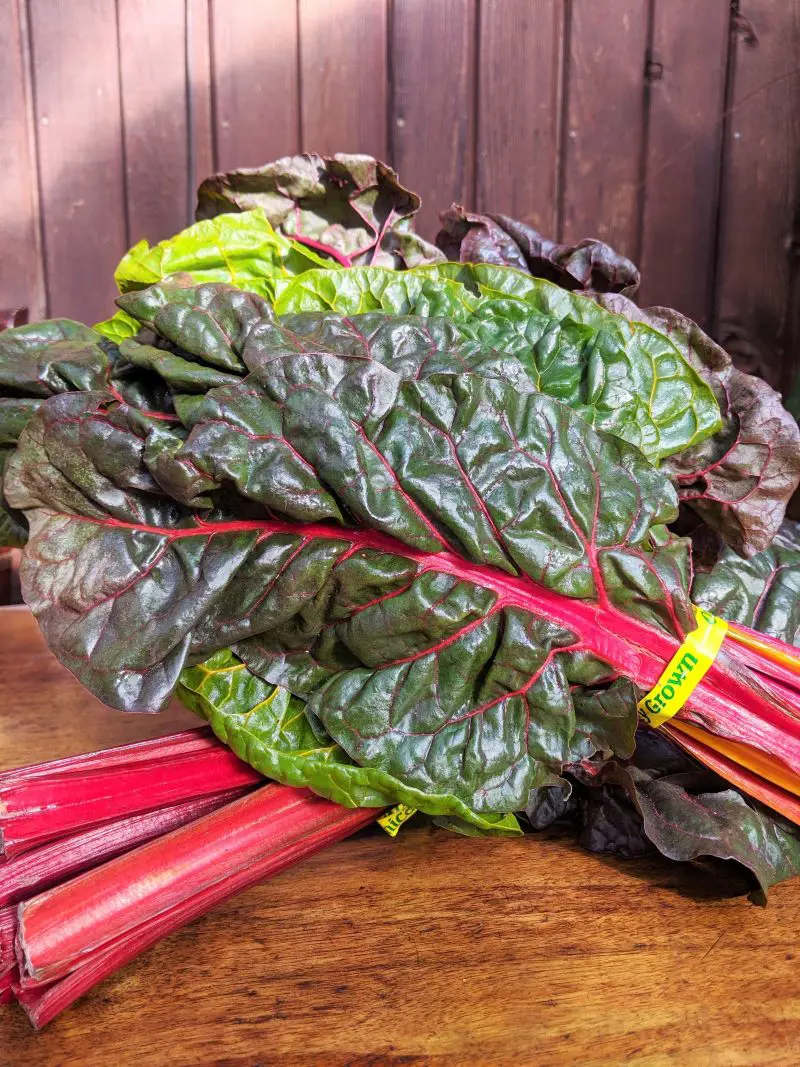
Swiss chard is a leafy green vegetable belonging to the beet family and is rich in vitamins A, C, and K, as well as minerals like magnesium, potassium, and iron. While its iron content is not as high as some other greens, it is still significant for managing anemia. Its rich vitamin C content further enhances its value in an anemia-friendly diet.
It can be enjoyed sauteed, steamed, or added to soups and stews, and can also be used raw in salads or blended into smoothies. To prepare it, wash thoroughly, remove stems if desired, and cook until tender, or incorporate it into dishes for added flavor and nutrients.
14. Nuts and Seeds
Nuts and seeds are nutrient-dense foods that can play a supportive role in managing anemia due to their iron content. They provide essential nutrients that aid in iron absorption and overall health.
- Pumpkin Seeds: Offering about 8.8 mg of iron per 100 grams, pumpkin seeds are a great source of iron and also provide magnesium, zinc, and healthy fats, which support overall health and enhance iron absorption.
- Cashews: Cashews contain around 6.7 mg of iron per 100 grams. They are rich in copper, which aids in the formation of red blood cells and enhances iron metabolism.
- Hemp Seeds: With about 7.95 mg of iron per 100 grams, hemp seeds are also a good source of protein, omega-3 fatty acids, and other essential nutrients.
- Sunflower Seeds: Sunflower seeds provide around 5.25 mg of iron per 100 grams. They are also rich in vitamin E, magnesium, and selenium.
- Almonds: Almonds contain around 3.71 mg of iron per 100 grams. They are also high in vitamin E, magnesium, and fiber, supporting cardiovascular health and aiding in iron absorption.
15. Meat and Poultry
Animal sources such as meat and poultry are high in iron, particularly heme iron, which is more easily absorbed by the body compared to the non-heme iron found in plant sources. For instance, a 3-ounce serving of beef liver provides about 4 mg of iron, while a 3-ounce serving of chicken breast contains approximately 0.9 mg of iron.
To enhance iron absorption, pair meat and poultry with vitamin C-rich foods like citrus fruits or bell peppers. Cooking meat in cast-iron pans can also boost the iron content of your meals. Other iron-rich options include eggs, turkey, pork, lamb, goat, veal, game meats, and ham.
16. Seafood
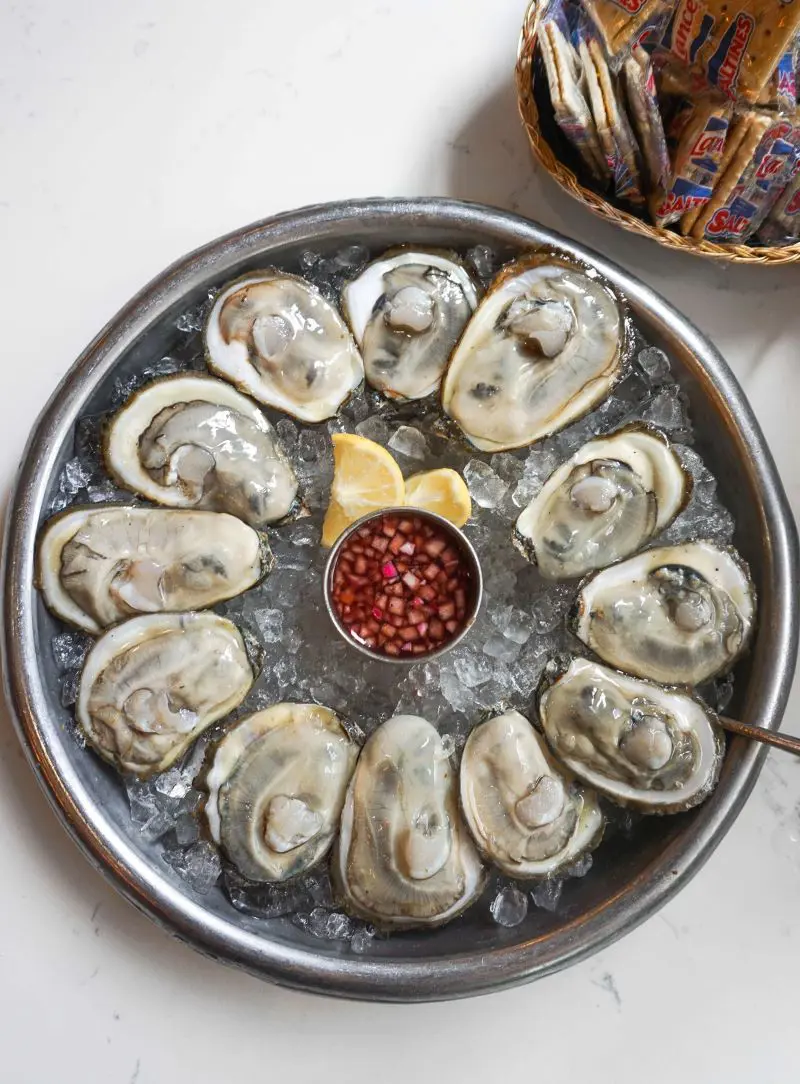
Seafood is another excellent source of heme iron. The 2020-2025 Dietary Guidelines for Americans (DGA) recommend consuming seafood at least twice a week for optimal health benefits. In addition to being rich in iron, seafood is packed with omega-3 fatty acids, vitamin D, and zinc.
A 100-gram serving of cooked clams provides approximately 2.9 mg of iron, while the same serving of cooked oysters contains around 9.2 mg. Fish such as sardines and tuna are also good sources; a 100-gram serving of sardines offers about 2.92 mg of iron. Other iron-rich seafood options include mussels, halibut, lobster, scallops, and crab.
To enhance iron absorption, pair seafood with foods rich in vitamin C. Opt for healthy preparation methods like grilling, baking, or steaming to retain its nutritional value.
17. Beans and Legumes
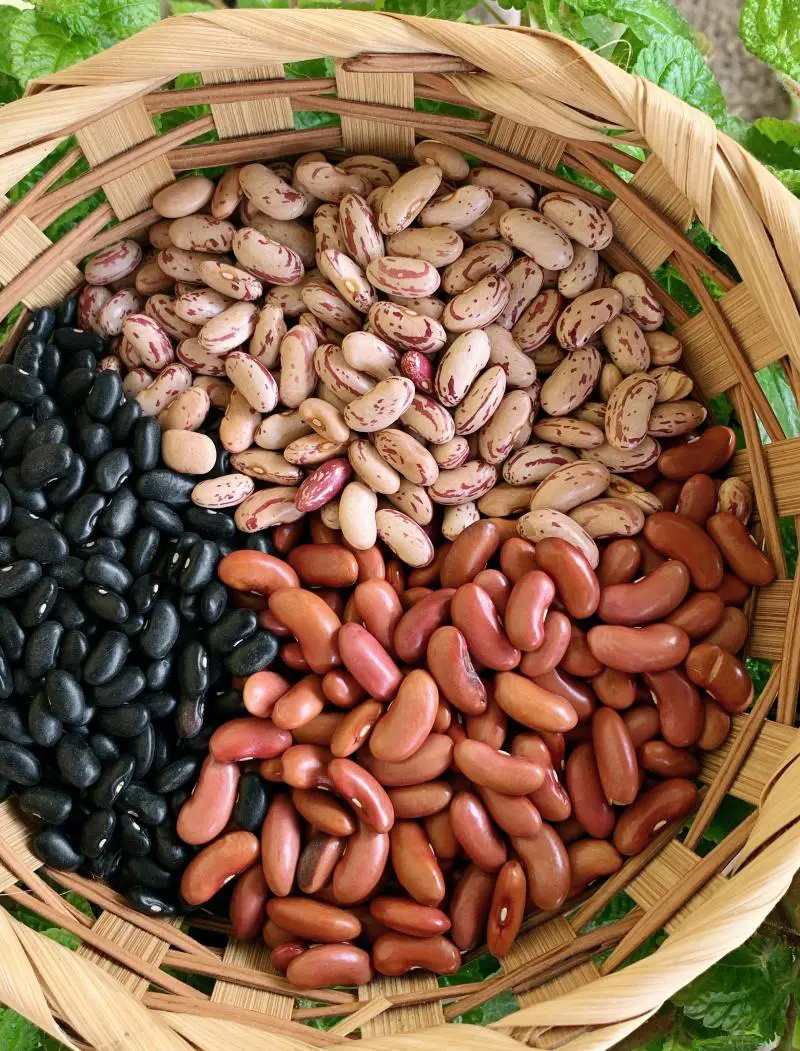
Beans and legumes are plant-based proteins rich in fiber and essential minerals. They are a heart-healthy alternative to red meat and an excellent source of iron. These iron-rich options are beneficial for managing anemia:
- Lentils: Contains about 3.33 mg of iron per 100 grams cooked. They are a good source of non-heme iron, protein, and fiber.
- Chickpeas (Garbanzo Beans): Provide approximately 2.9 mg of iron per 100 grams cooked. They are also rich in protein and fiber, and the vitamin C they contain enhances iron absorption from plant-based sources.
- Black Beans: Have around 2.1 mg of iron per 100 grams cooked. They also offer antioxidants, protein, and fiber.
- Kidney Beans: Contains roughly 2.9 mg of iron per 100 grams cooked. They are a good source of iron, protein, and fiber.
- Navy Beans: Provide about 2.36 mg of iron per 100 grams cooked. They are also rich in protein and fiber.
18. Whole Grains
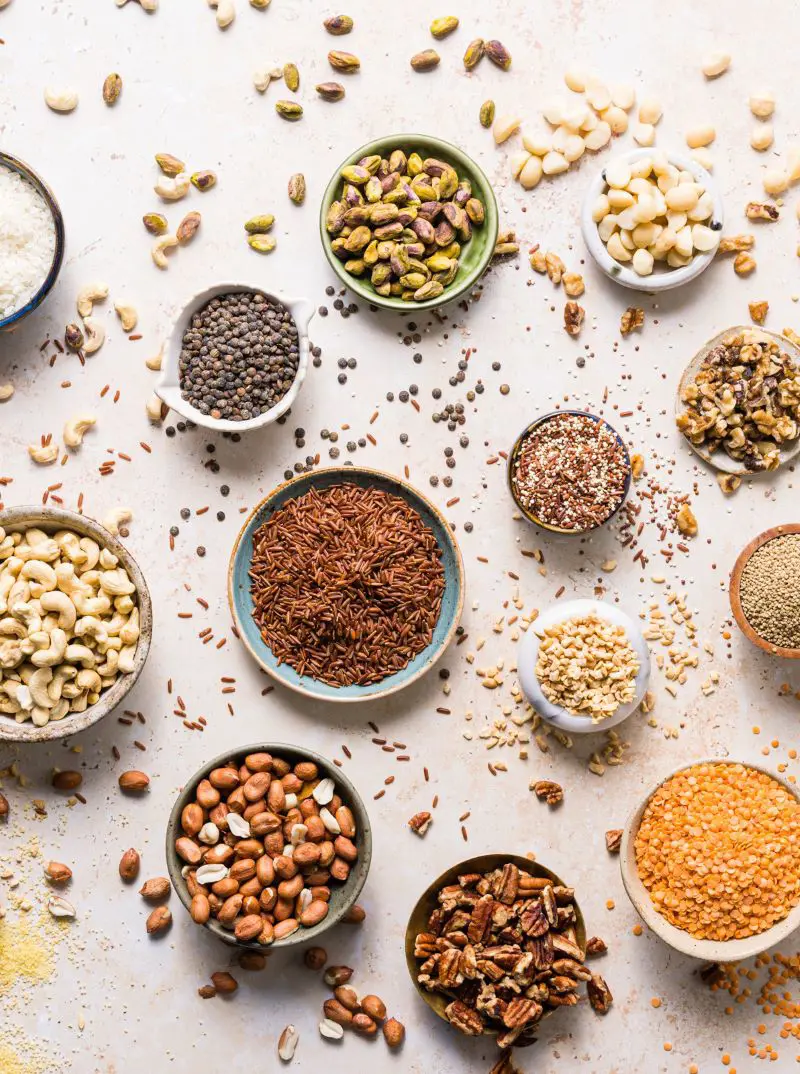
Whole grains, such as brown rice, bran cereal, rye bread, oats, and whole wheat, are rich in iron. Unlike refined grains, whole grains retain their bran and germ, providing higher levels of iron along with other crucial nutrients, such as folate, vitamin B6, and fiber. Folate and vitamin B6 are important for red blood cell formation and proper oxygen transport.
Additionally, whole grains have a low glycemic index, helping to maintain stable blood sugar levels, which is crucial for sustained energy in individuals with anemia. Pairing whole grains with vitamin C-rich foods, like citrus fruits, can enhance iron absorption.
19. Maple Syrup
While not high in iron, maple syrup contains small amounts that aid in hemoglobin production. Maple syrup is rich in manganese, which helps metabolize nutrients and supports hemoglobin production, and riboflavin (vitamin B2), important for energy metabolism and cardiovascular health.
The natural sugars in maple syrup provide an energy boost, beneficial for anemia-related fatigue. Its antioxidants have anti-inflammatory properties, potentially improving iron metabolism. To enhance iron absorption, maple syrup can be paired with iron-rich foods.
20. Molasses
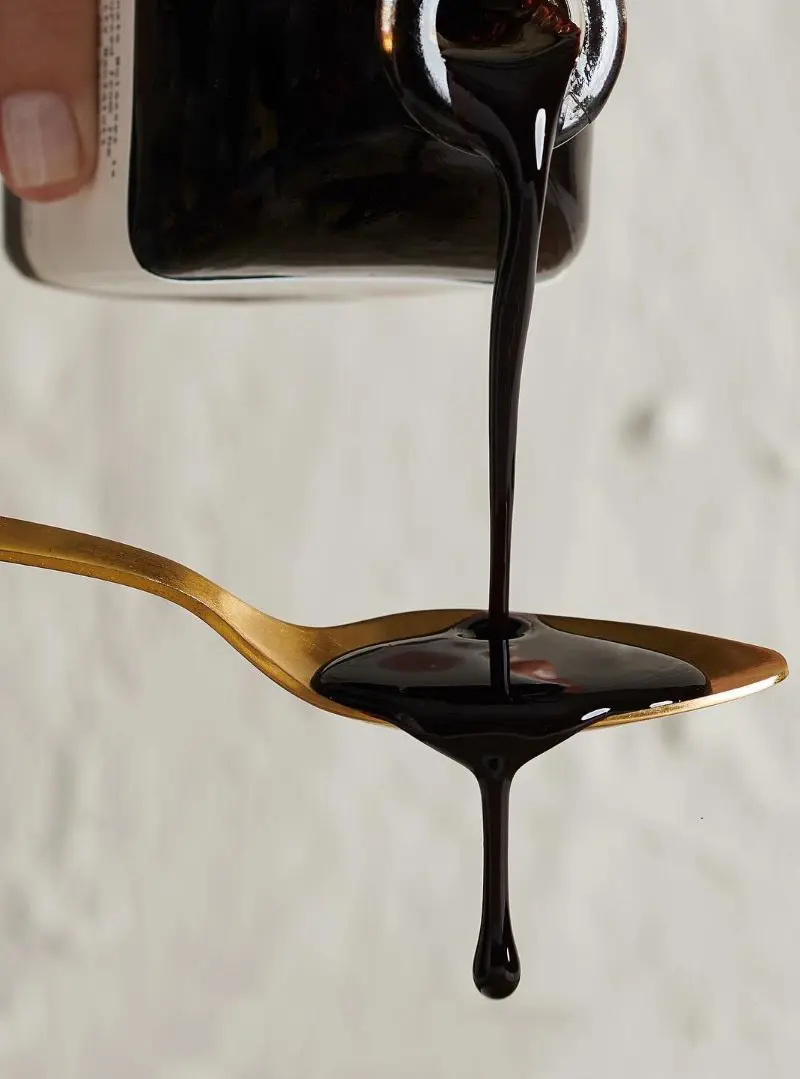
Molasses can be a beneficial addition to the diet for individuals with anemia, particularly those with iron-deficiency anemia. It is a rich source of iron, with one tablespoon containing about 1 mg of iron. Additionally, molasses is high in other essential minerals such as calcium, magnesium, and potassium, which support overall health.
While molasses can contribute to iron intake, it should not be the sole treatment for anemia. It's important to address anemia with a comprehensive approach, including a balanced diet rich in iron, vitamin C to enhance iron absorption, and possibly iron supplements if recommended by a healthcare provider.
Always consult with a healthcare professional before making significant changes to your diet or relying on supplements for managing anemia.
Recent posts
Nutrition
Nutrition
Licorice Root: Benefits And Uses
You can spell it liquorice or licorice; this herb or root has been in use for centuries in most medicinal applications, as a natural sweetener and to enhance flavors. Regarding its origins, it comes from the root of the "Glycyrrhiza galbre" plant and...
Nutrition
Is Salmon Good For You? Nutritional Facts and Benefits
Salmon fish is a staple diet throughout the world, popular as a super food for its nutrients. Whether savored in sushi, poached, grilled, roasted, or pan-fried, salmon offers minerals and vitamins that contribute to healthy bodily functions. In addit...
Nutrition
25 Smoked Salmon Recipes That You Will Enjoy
Salmon is a silver-colored fish that is loaded with many nutrients, vitamins, and omega-3 fatty acids. Smoked Salmon is better for improving your health and reducing the risk of cancer, heart-related diseases, fights inflammation, reduces anxiety and...
Nutrition
Are Sausages Healthy? Nutrition And Health Benefits
Sausages are tasty in an addictive way, making them one of the most popular foods worldwide. You may have enjoyed this convenient food often, whether on a bun with mustard or grilled on a barbecue, the simple preparation methods are what makes its co...
Nutrition
20 Vegetables That Are Rich In Iron
Iron is essential for our bodies to function well. When we don't get enough iron, we often feel weak and tired. It's important to address iron deficiency early by eating the right foods. Fortunately, many vegetables are rich in iron and can help prev...
Nutrition
15 Cauliflower Nutrition Facts And Health Benefits
Cauliflower, a cruciferous vegetable, resembles a white variation of its relative, broccoli. Like broccoli, it has closely bunched florets attached to a thick core, often surrounded by a few leaves. While white is the most common color, cauliflower i...

